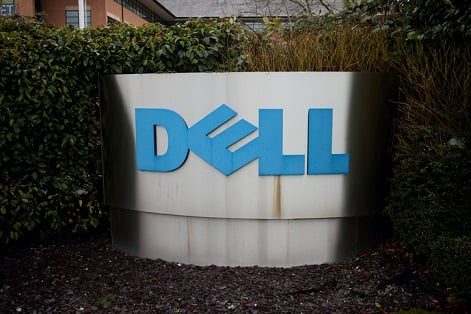
The computer technology company’s head of global talent acquisition provides insights into how Dell is making smarter decisions

The main way Dell is using big data is in trying to determine the best fit for key roles, according to the computer technology company’s head of global talent acquisition, Marie Moynihan.
“What we’re doing is taking the myriad of data sources that we have on team members, and our data scientists are then correlating that data with psychometric profiles that we ask candidates or team members to complete,” said Moynihan
Sales roles are a good example. Dell is looking at things like time to proficiency, revenue and margin attainment, retention, and then we correlate that with psychometric profiles to identify if there are particular traits that lead people to be more successful in our environment.
“We’ve also done some interesting work linking employee engagement with customer satisfaction and overall sales performance,” said Moynihan.
That has helped a lot to convince the broader leadership in the company of the value of employee engagement and in particular the impact of inspirational leaders.
“We can show that people who work for inspiring leaders have higher sales attainment. So that hard data is making it much easier to get leaders to internalise the culture and behaviours we’re looking for as a company.”
Moynihan outlines what has worked for her team at Dell and how the company’s employees are engaging with social media: